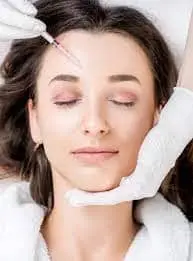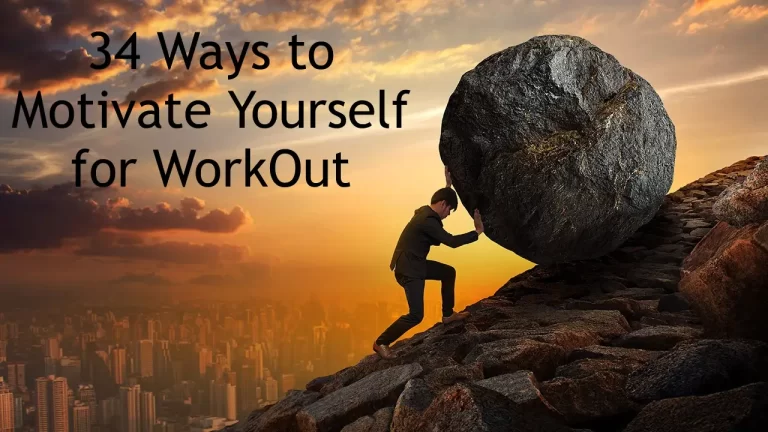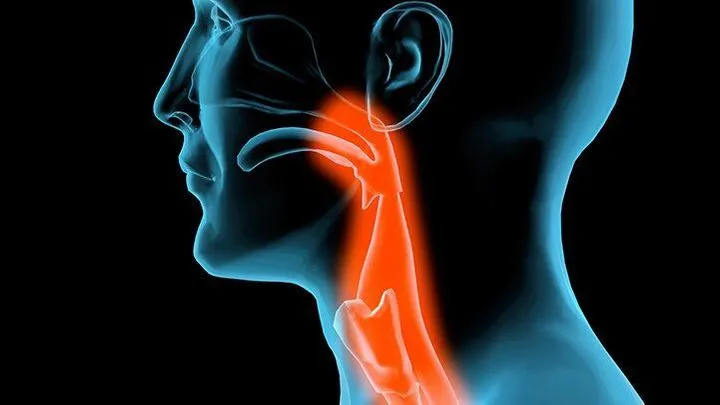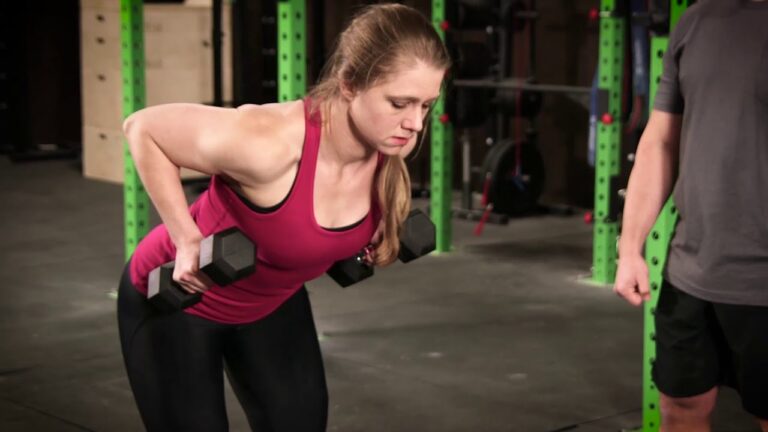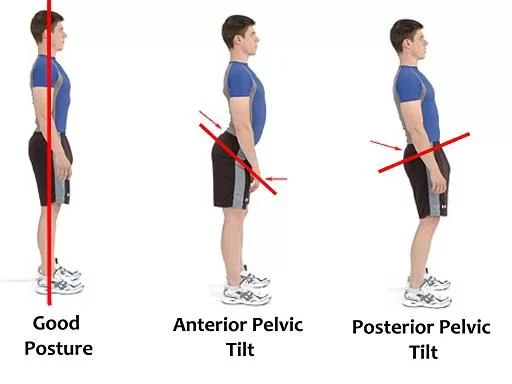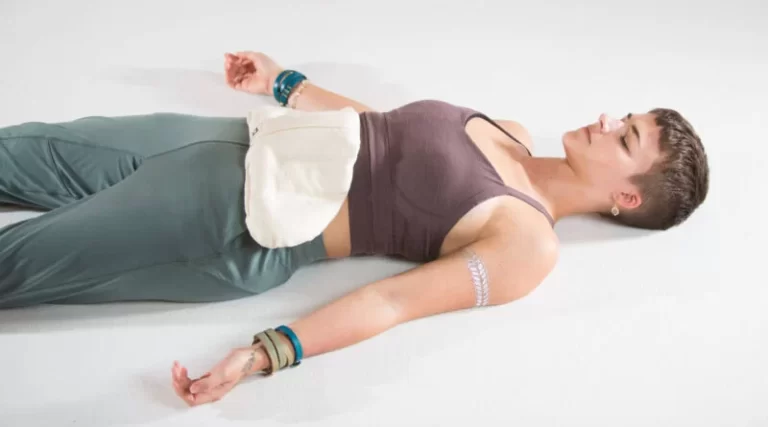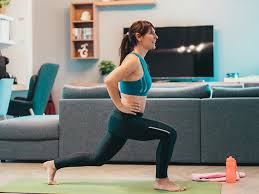The Best Exercise After Botox
Engaging in physical activity after receiving Botox injections requires careful consideration to ensure optimal results and minimize potential side effects.
This article explores the best exercise practices following Botox treatment, taking into account the need to avoid activities that may compromise the outcomes of the procedure.
What exactly is Botox?
Botox, a neuromodulator, lowers the appearance of wrinkles by temporarily paralyzing muscles.
Botox is commonly used to treat wrinkles in the brow, around the eyes (crow’s feet), and between the brows (glabellar lines).
Botox is most frequently used to prevent or lessen aging symptoms. It accomplishes this by reducing and avoiding the creases and wrinkles brought on by these muscles’ overuse. Due to their regular use for facial expressions, the forehead and the area surrounding the eyes are two areas of the face that we frequently inject into and are hence vulnerable to indications of aging.
Introduction
Botox is a cosmetic technique that results in skin that appears younger. It employs botulinum toxin type A in areas prone to wrinkle formation, including around the eyes and on the brow. Additionally, Botox can help with sweating too much and headaches.
Many people’s life revolves around exercise. They structure their days so that they get at least some physical activity. Botox injections take time to settle, therefore any pressure or vigorous movement on the treated area may cause Botox to disseminate. Avoid activities that require you to jump, run, raise your heart rate, sweat, or use equipment that puts pressure on your face.
When it comes to treating lines and wrinkles without surgery, Botox is the gold standard. Treatments are both safe and effective in maintaining youthful, smooth, and healthy skin. While Botox requires little downtime. most injectors advise patients to avoid most forms of exercise for 24 hours after treatment.
Exercising too soon after Botox can hurt your results. in this guide line Learn why and when you can resume your workouts safely after cosmetic injectables.
Is Exercise Acceptable After Botox Injections?
Considering the lack of proof suggesting it is dangerous, exercise should be avoided for at least 24 hours after Botox treatments. This is due to the possibility that activity would increase blood flow to the treated area, which could lead to unwanted side effects from the Botox spreading to other areas of the face.
It’s critical to wait at least 24 hours following Botox injections before engaging in any activity that could raise blood pressure, such as strenuous exercise or heavy lifting. The risk of bruises and swelling following Botox treatments might also be increased by exercise.
Things I should avoid doing after receiving Botox injections
Your doctor will give you a list of do’s and don’ts to follow before and after getting Botox.
Aside from not touching your face, you should avoid the following;
- leaning over and drinking wine while lying down
- Ingesting excessive amounts of caffeine
- Massaging or applying pressure to the affected area
- Taking a hot bath or shower
- Taking any painkillers that thin the blood
- Having your eyebrows threaded, waxed, or tweezed
- Sleeping on your face for the first time
- For the first two weeks, having a facial or any other facial operation done
Possible adverse consequences following Botox injections:
There are certain side effects with Botox, however, they are extremely uncommon. You will receive comprehensive aftercare instructions following treatment, along with a list of possible adverse effects.
Among them are:
- Excessive bleeding, swelling, or redness at the injection site;
- Infection
- Headache
- Nausea
- Symptoms similar to the flu
- Momentary numbness
- lowering of the eyebrow or upper lid, red and puffy eyelids
- Weakening of the muscles
How much time should you wait to exercise after getting Botox:
Most doctors advise against exercising for 24 hours before your consultation to ensure you get the greatest benefit from your Botox treatment. Aside from light walking, stay away from strength training, cardio, and any other activity that puts your head below your heart, such as lying down. In certain situations, your physician may advise you to avoid intense, high-impact exercise for a full week after treatment. It’s critical to pay attention to your body’s signals and any advice given by your injector.
Avoiding cardiovascular exercise, such as treadmill running, for four hours. Saunas, hot yoga, tanning booths, and hot tubs are additional places to stay away from because heat exposure increases blood flow and is linked to more bruises following Botox procedures. You can resume any rigorous activity, like cycling, hiking, or jogging when the whole day has passed.
Suggestions on How to Work Out After Botox:
With Botox injections, the following tips will help you exercise safely and effectively while reducing the chance of unwanted effects.
- For the first 24 hours after the treatment, stick to low-impact exercises like yoga or walking to avoid high-impact exercise, which can increase blood flow to the face and raise the risk of Botox migration.
- Stay away from hot yoga saunas and other activities that cause excessive perspiration for the first twenty-four hours after the treatment. Perspiration raises the risk of Botox migration.
- Avoid rubbing or massaging the area that has received treatment as this could lead to unfavourable outcomes and the Botox spreading to other parts of the face.
- Protect your skin from the sun by donning a helmet or using sunscreen. Sun exposure can lead to inflammation and edema, which can reduce the effectiveness of Botox treatments.
- Stay hydrated: By improving blood flow to the treated area, drinking lots of water can reduce the risk of blood clots and enhance treatment outcomes.
What Kind of Exercise Is Allowed Following Botox?
Light exercise can be resumed following a Botox procedure.
Walking
- If you don’t walk extremely fast, you can substitute a stroll for your usual exercise routine on the day of the surgery.
- Avoid touching your face or moving your head around excessively.
- Make sure the sun doesn’t directly hit your face because heat causes blood vessels to widen and may allow Botox to spread to other locations.

Upright Yoga
- Light workouts like yoga, Pilates, and poses that encourage Botox to diffuse are acceptable as long as you don’t stoop or lie down.
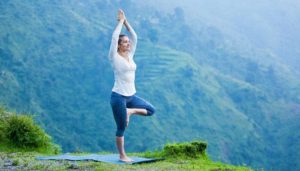
Light housework or gardening
- Gardening is safe to do after Botox, just like walking and upright exercise.
- Steer clear of direct sunlight, bending over, applying pressure on your face, and quick movements that could increase blood pressure and pulse rate.

Exercises for the Face
- Muscles are contracted by facial activities such as lifting the eyebrows, frowning, and smiling. Moderate facial exercise facilitates the flow and settling of Botox into the muscles.
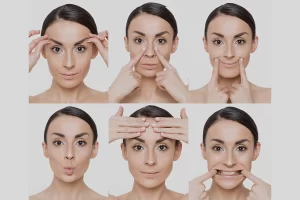
Exercises to Stay Away of After Botox:
Most doctors concur that patients receiving Botox should refrain from intense physical activity for at least 24 hours following the procedure.
Avoid the following exercises after Botox.
- Running
- Swimming
- Weight lifting or strenuous strength training
- Aerobic Activities
- jogging
- Cycling
- Any sweat-inducing cardio
- Contact sports or activities that put you at risk of getting bumped or hit
Summary
Botox is a cosmetic surgery that makes wrinkles less noticeable, giving you a younger appearance. It is your responsibility to heed your doctor’s post-treatment instructions. For some reason, this entails refraining from any intense exercise for at least 24 hours. An increased heart rate, for example, may result in increased blood flow, which could cause the Botox to metabolize too quickly and travel to other parts of the body.
Call or see your doctor at away if you suffer any significant side effects, including severe swelling, blisters, or difficulty breathing. If working exercise is something you do every day, it could be difficult to stick with it But keep in mind that it’s only temporary. Maintaining a fitness regimen at all costs is not worth the chance of experiencing unwanted Botox effects for up to three months.
It’s crucial to continue your normal fitness regimen. But treat yourself to a day off on the day of your Botox injections! This will guarantee that your recuperation proceeds as smoothly as quickly as possible, with optimal outcomes.
FAQ
How Do You Use Botox?
A neurotoxin called Botox inhibits nerve transmissions. This minimizes the appearance of wrinkles and stops new ones from growing by keeping your muscles from contracting.
Which activities are best avoided following Botox?
Avoid doing any strenuous exercise during the first 24 hours following treatment. Simpler daily tasks like cooking, cleaning, and walking ought to be secure. Don’t spend the first night following Botox injections sleeping on the treated area. This can indicate that you should sleep on your back.
What occurs if I sweat out following Botox?
Exercise-induced increases in blood flow may cause the fillers and Botox to spread to other parts of the face, potentially lessening their effects. Stay out of hot places and stop perspiring a lot for at least 24 hours after the injection to stop migration.
Is it safe to exercise after getting Botox?
For the hour following your treatment, it’s a good idea to gently flex your facial muscles by raising your eyebrows, frowning, and smiling. This may facilitate faster results by allowing the Botox to more thoroughly penetrate the targeted muscles. It’s crucial to refrain from making too many facial expressions after the first hour.
How can I extend the effects of Botox?
For two days, treat your face gently.
Take a nap on your back.
Work out the muscles that have been treated.
Plan Frequent Injection Sessions.
Go For Care From a Known Provider.
Avoid Working Out Right Away After Treatment.
After Botox, can I do cardio?
After 24 hours, you can resume light cardio, and after 48 hours, you can resume more vigorous exercise. In addition, regardless of your level of fitness, refrain from doing any advanced yoga or stretching for 48 hours.
After Botox, how long should you rest?
There’s no intense physical activity for 24 hours following therapy. For four hours, remain erect; do not lie on your front. Steer clear of headgear that hugs the forehead tightly. Before the procedure, cut back on excessive alcohol intake or any blood-thinning medications that are medically required to prevent bruising.
After Botox, can I sleep on my side?
as long as you don’t lie down for at least four hours first. Lying down right away could cause Botox to migrate to other facial muscles and increase the risk of complications because it takes a few hours to settle into place.
Why am I so exhausted from Botox?
Patients may experience fatigue following their injections, and in rare instances, they may experience flu-like symptoms. All this is your body getting used to the Botox. It is more common in patients who are new to Botox, and it is unlikely that you will experience this specific side effect again after multiple treatments.
What dangers come with Botox?
Risks Injection site pain, swelling, or bruises.
Headaches or symptoms are similar to flu.
uneven eyebrows or drooping eyelids.
eyes that are dry or watery.
infection at the location of the injection.
Sleeping aids in Botox?
Resting after a cosmetic procedure such as Botox is a common reaction. Although resting and reducing your activities will aid in your recovery, sleeping, napping, or lying down too soon after Botox can have an adverse effect.
Would you look younger with Botox?
Botox is particularly useful in treating wrinkles around the eyes, such as crow’s feet, mouth lines, lip fullness, and the elasticity of the skin around the jaw, neck, and collarbone.
Is Botox completely safe?
Overall, Botox is regarded as safe. For Botox injections, you should always see a board-certified plastic surgeon or dermatologist.
Does exercise speed up the removal of Botox?
While it is not recommended to exercise immediately after Botox treatments, many people believe that exercising frequently while on Botox will cause it to wear off. Nothing could be further from the truth! There is no link between physical activity and Botox longevity.
How Much Time Does Botox Take to Start Working?
About three days after the injection, the effects of botox begin. The entire impact appears roughly two weeks following Botox injections.
Is it OK to exercise after receiving Botox?
For the hour following your treatment, it’s a good idea to gently flex your facial muscles by raising your eyebrows, frowning, and smiling. This may facilitate speedier outcomes by allowing the Botox to more thoroughly penetrate the targeted muscles. It’s crucial to refrain from making too many facial emotions beyond the first hour.
Ways to Get Ready for Botox
It is advised that you abstain from alcohol for 24 hours prior to receiving Botox injections. Ibuprofen and blood thinners should not be used together. This lessens the chance of bruises and redness.
References:
- Cadwell, K. July 25, 2023. Exercise Following Botox: Things to Consider. Exercise after Botox. VibrantSkinBar. https://vibrantskinbar.com/blog/Reference in Text: (Cadwell, 2023)
- Kester, S. ( April 8, 2020). Is Exercise Allowed Following Botox Injections? Healthline. Available at: https://www.healthline.com/health/exercise-after-botox Reference within the text: Kester, 2020
- Staff, W. (2022, May 2). Westlake Dermatology: Things You Should Know About Exercise Following Botox. Westlake Dermatology & Cosmetic Surgery®. https://www.westlakedermatology.com/blog/exercise-after-botox/ In-Text Citation: (Staff, 2022)
- Answers to Common Questions about Botox® Aftercare by Dr. Rekha Tailor | Health & Aesthetics. August 16, 2023. both aesthetics and health. FAQs about Botox Aftercare: https://www.healthandaesthetics.co.uk/advice/Text Citation: (Dr. Rekha Tailor’s Responses to Common Questions About Botox® Aftercare | Health & Aesthetics, 2023)
- Image 3, G. July 13, 2022. Avoid Skin Issues When Planting Gardens. https://www.genesisderm.com/2022/07/prevent-skin-problems-while-gardening/ Genesis Dermatology In-text Citation: (2022

